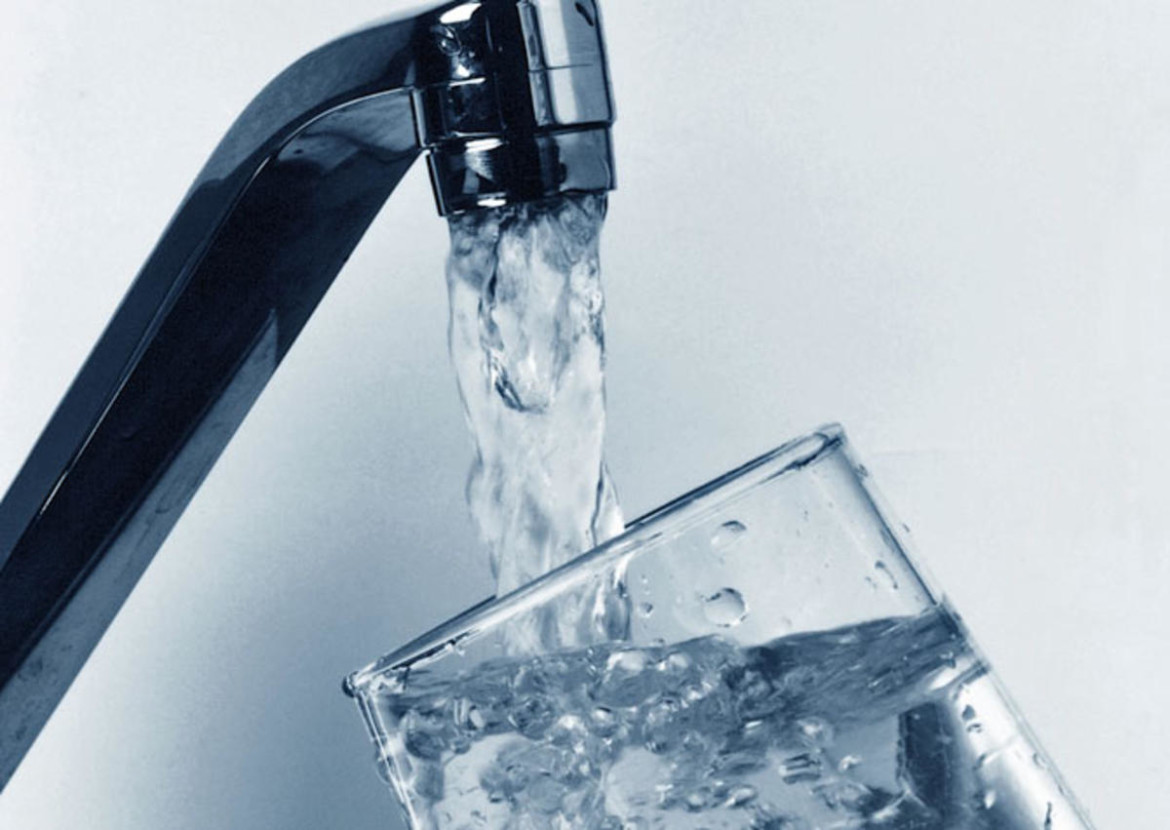Millions of people try to quit smoking, exercise more, and eat healthier each year. Unbeknownst to many, however, there is a lesser-known danger–drinking water. Whether your drinking tap or bottled water at catered events or on a hamilton party bus it still has the potential to contain contaminants that slowly poison the body.
Since few people recognize them as culprits, however, they may not have fingers pointed at them when someone is sickened or develops a long-term condition. There are many contaminants of which a person should be aware, but here are four of the most common:
1. Lead: Lead is a real problem in drinking water in many municipalities. It is most dangerous for babies and small children, but it can cause problems for people of all ages. When children are exposed to lead in drinking water, they may be vulnerable to both mental and physical delays. Children who are exposed to lead in this manner may have learning disabilities as well, and the severity of the learning disability may depend on the amount and length of the lead exposure. In adults, the most likely effects of lead in drinking water are kidney conditions and high blood pressure.
2. Chlorine: Most people are well aware that chlorine is used as a disinfectant in drinking water. Without a doubt, it is useful for this job. Unfortunately, it is just not good for the health. On the minor side of things, chlorine may contribute to allergic reactions, digestive tract discomfort, and even irritation of the mucus membranes. In contrast, its more serious effects may include cancer. Chlorine reacts with organic matter in water and creates trihalomethanes, which have the potential to cause cancer and other serious medical conditions.
3. Arsenic: When many people think of arsenic, they think of old movies in which the odorless, tasteless element was used as a poison. Who would think it could turn up in drinking water? Unfortunately, however, it does and may be slowly poisoning millions of people. Among its potential effects are damage to the skin cells and conditions that affect the circulatory system. After long-term exposure, a person may even have an increased cancer risk.
4. Cryptosporidium: Most people would gag at the thought of ingesting someone else’s fecal matter, but that’s exactly what may happen with ineffectively treated drinking water. Cryptosporidium is a parasite that makes its way into drinking water from both human and animal waste. It causes a range of gastrointestinal symptoms, including nausea and vomiting, diarrhea, and abdominal cramping. It may also cause headaches and a low-grade fever.
Tap water is just not as safe as many people imagine, and most bottled waters aren’t much better. You don’t have to play roulette with your health, however. A multi-stage, carbon-based water filtration system can deliver water that is free of most contaminants.
